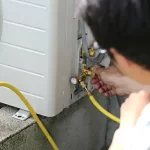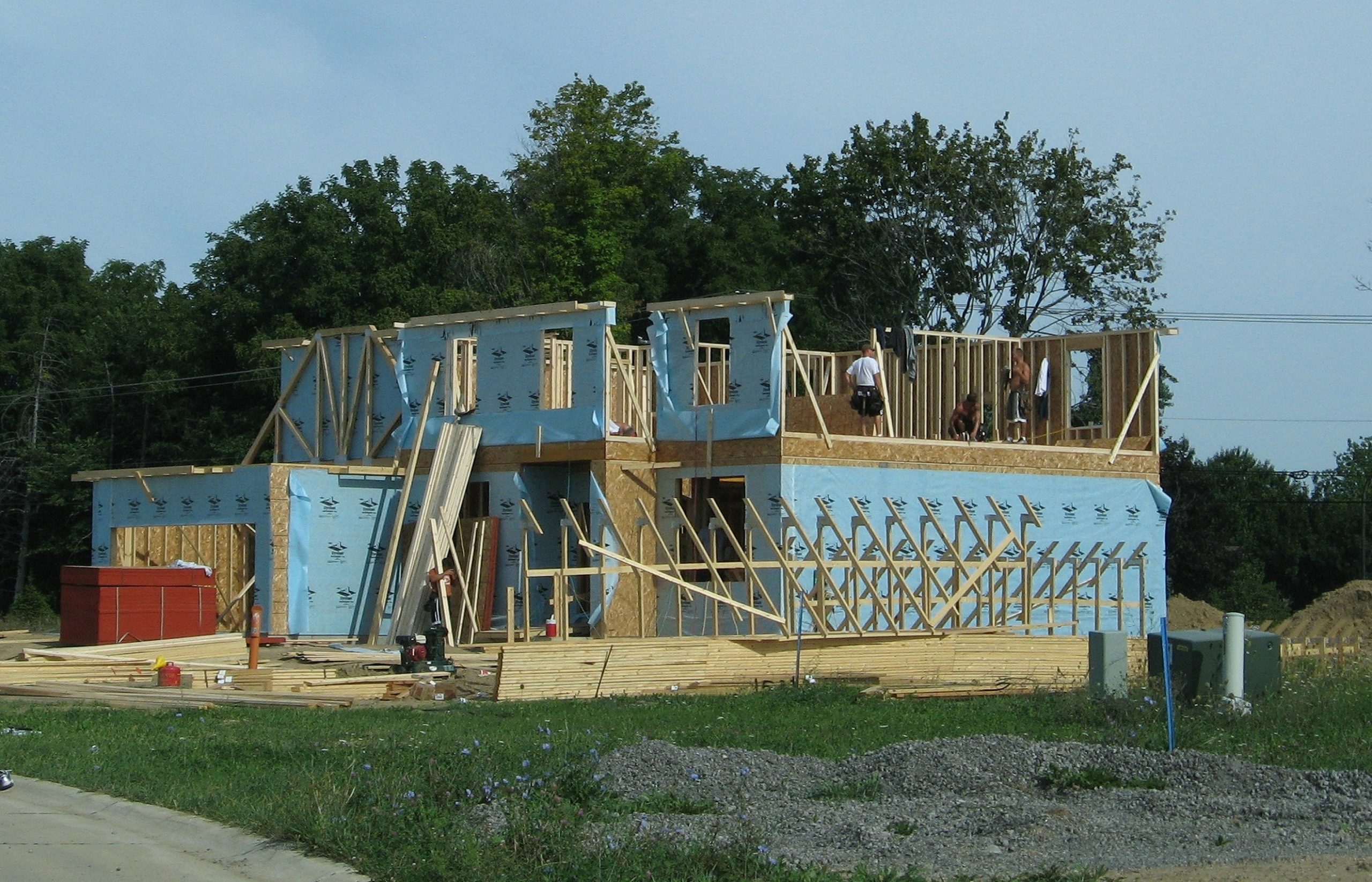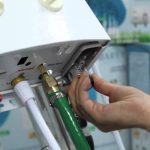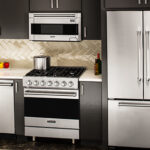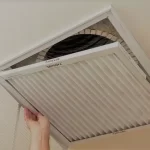Summer is a good time to take care of some home maintenance projects, including plumbing inspections. Unfortunately, many homeowners don’t realize that plumbing inspections should be a part of their regular home maintenance routine. Having a professional plumber find leaks can save ten gallons of water a day.
This can help you identify and fix potential problems before they turn into costly disasters. This post will discuss what services are included in typical plumbing home inspections.
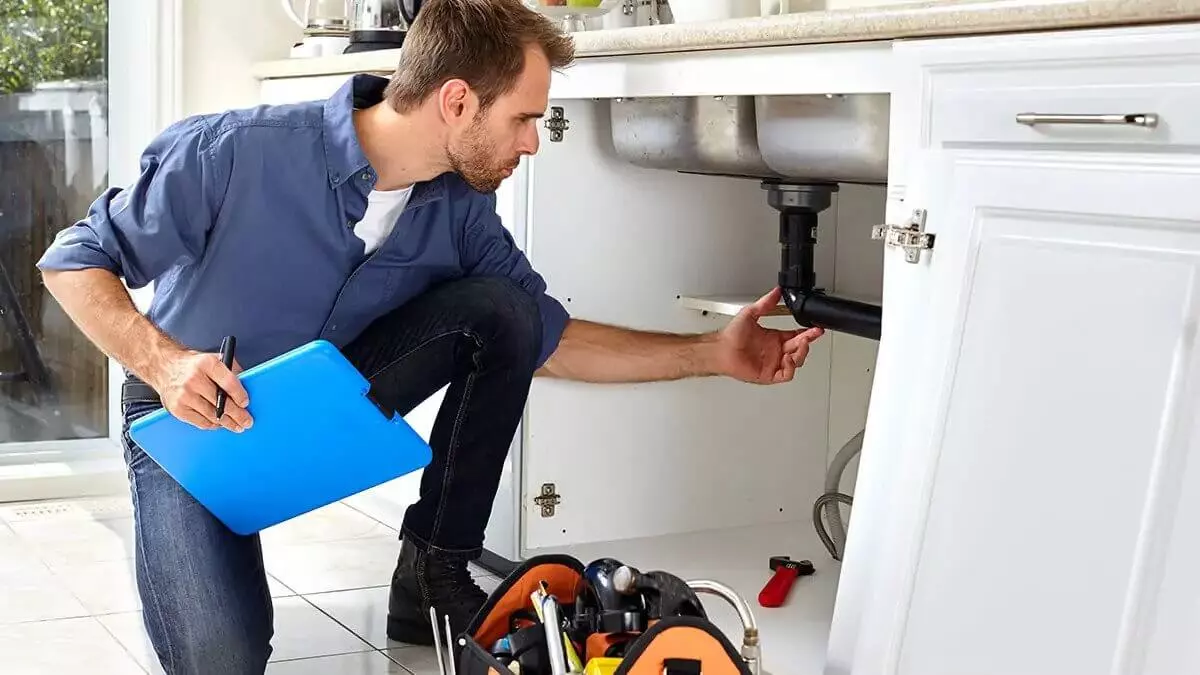
- Checking the Water Pressure
Your home’s water pressure must be within a normal range. High water pressure can damage pipes and fixtures, while low water pressure can signify a leak or blockage. A plumber will use a unique gauge to test your home’s water pressure and recommend whether it is too high or low.
High pressure can cause your water bill to spike, so it is best to have a professional fix it. If you are not sure what normal water pressure is, ask your plumber during the inspection.
- Testing the Water Heater
When testing the water heater, the technician will:
-Inspect the anode rod and replace it if necessary.
-Flush the tank to remove any sediment that has built up.
-Check the temperature and pressure relief valve.
-Examine the gas burner or heating element for corrosion.
After completing these tests, the technician will provide you with a report of the condition of your water heater and any recommendations for repairs or replacement.
- Inspecting the Drainage System
The drainage system in your home is key to keeping things flowing smoothly, both in and out. A professional plumbing inspection will check all of the drains in your home, including toilets, sinks, showers, and tubs. The inspector will look for leaks or blockages and ensure that everything is connected correctly.
In addition to checking the drains themselves, the inspector will also look at the sewer line that connects a home to the sewer system. This line is responsible for carrying all of the wastewater from your home away from the property, so it’s essential to make sure that it is in good working order.
- Examining the Faucets and Taps
Common problems include a loose handle, leaks, or low water pressure. If any of these are an issue, it could signify a bigger problem with your plumbing system.
While most faucets and taps are relatively easy to fix on your own, it’s best to consult with a professional before attempting repairs.
For example, if the taps are not installed properly, they may need to be replaced, which is a plumbing job best left to a professional.
Another common issue is mineral build-up, which can cause low water pressure. Again, this can usually be fixed by descaling the taps, but it’s always best to consult with a professional before attempting any repairs.
- Looking for Water Leaks
Water leaks can be costly, but they can also cause extensive damage to your home. Home inspections will help ensure that there are no water leaks present in your home.
If you have any concerns about your home’s plumbing state, it is essential to schedule a plumbing inspection as soon as possible.
Final Thoughts
Hiring experts to conduct a home plumbing inspection is always worth the investment. They will be able to identify potential problems, but they can also suggest ways to avoid future issues. As a result, homeowners should feel confident that their plumbing system is in good hands.

My name is Author Name. I post about home improvement ideas and how to make your home look beautiful and liveable. I hope my posts will help you with your DIY projects!




